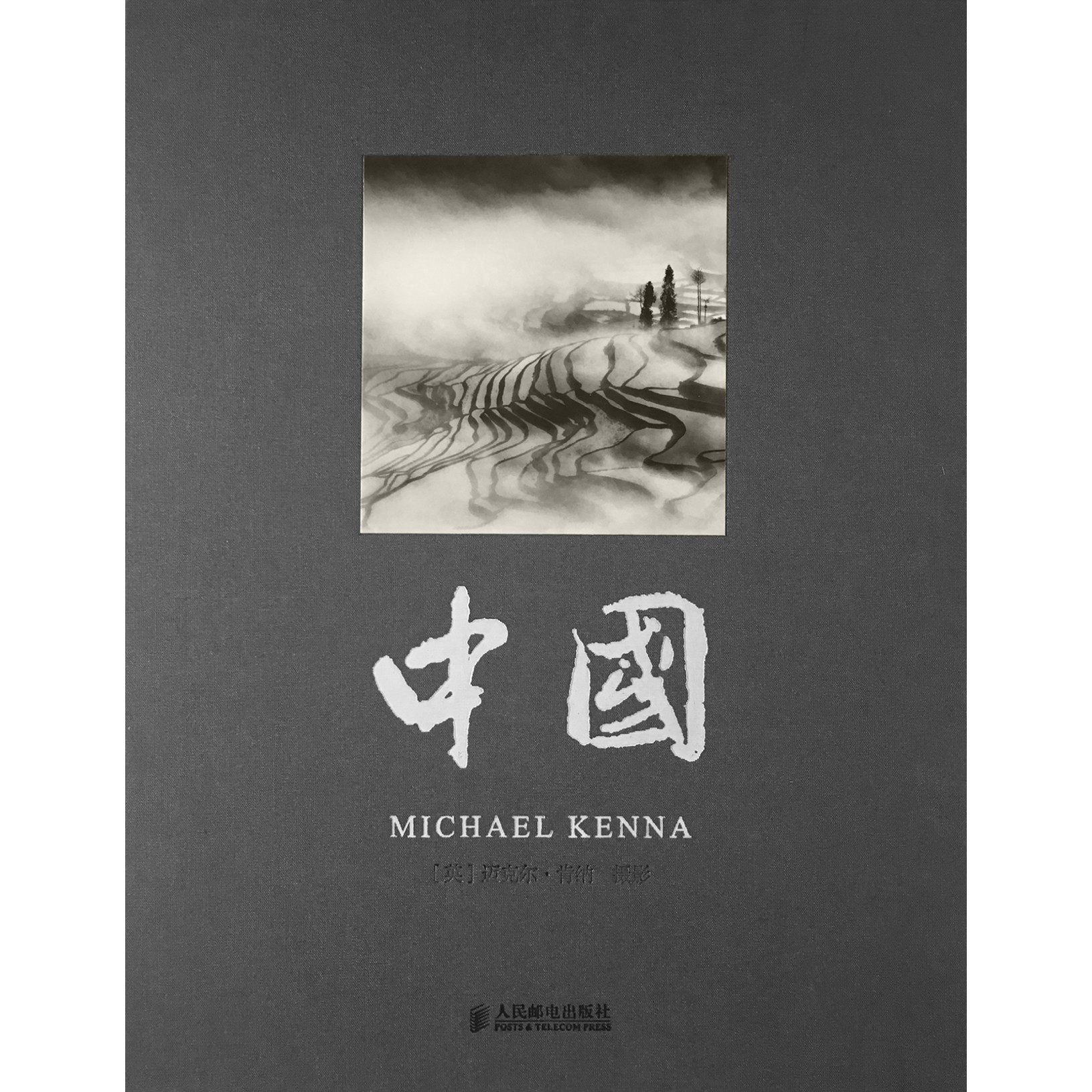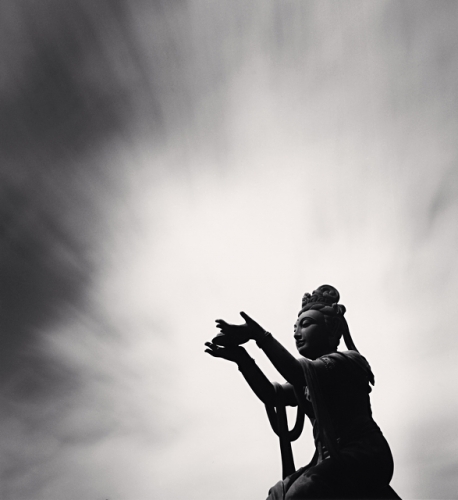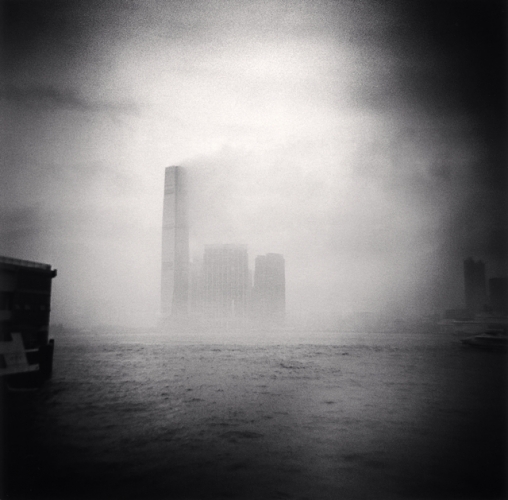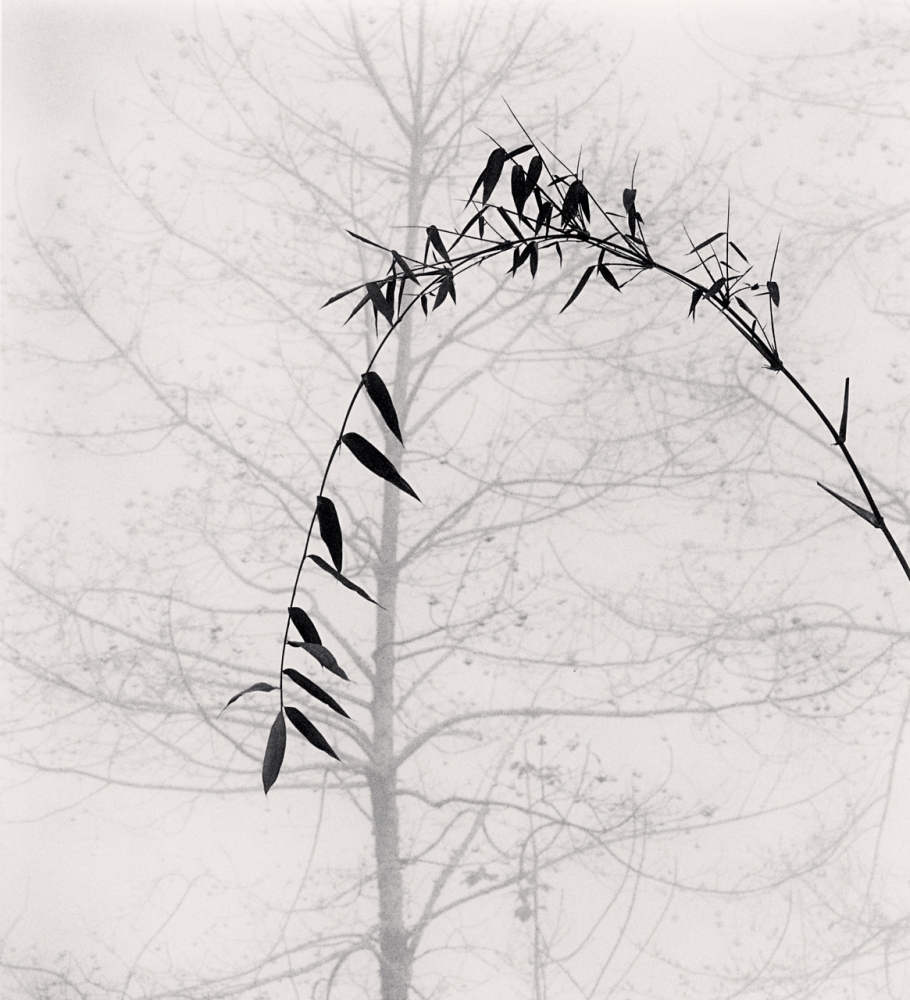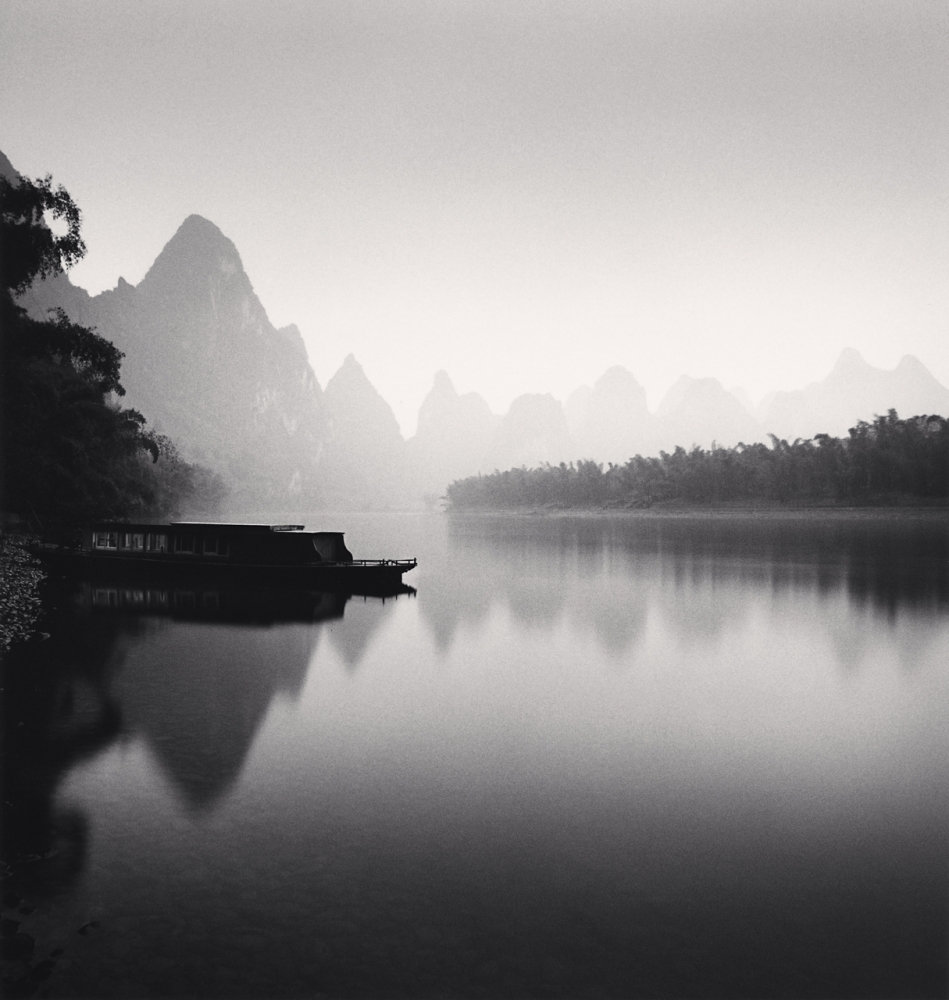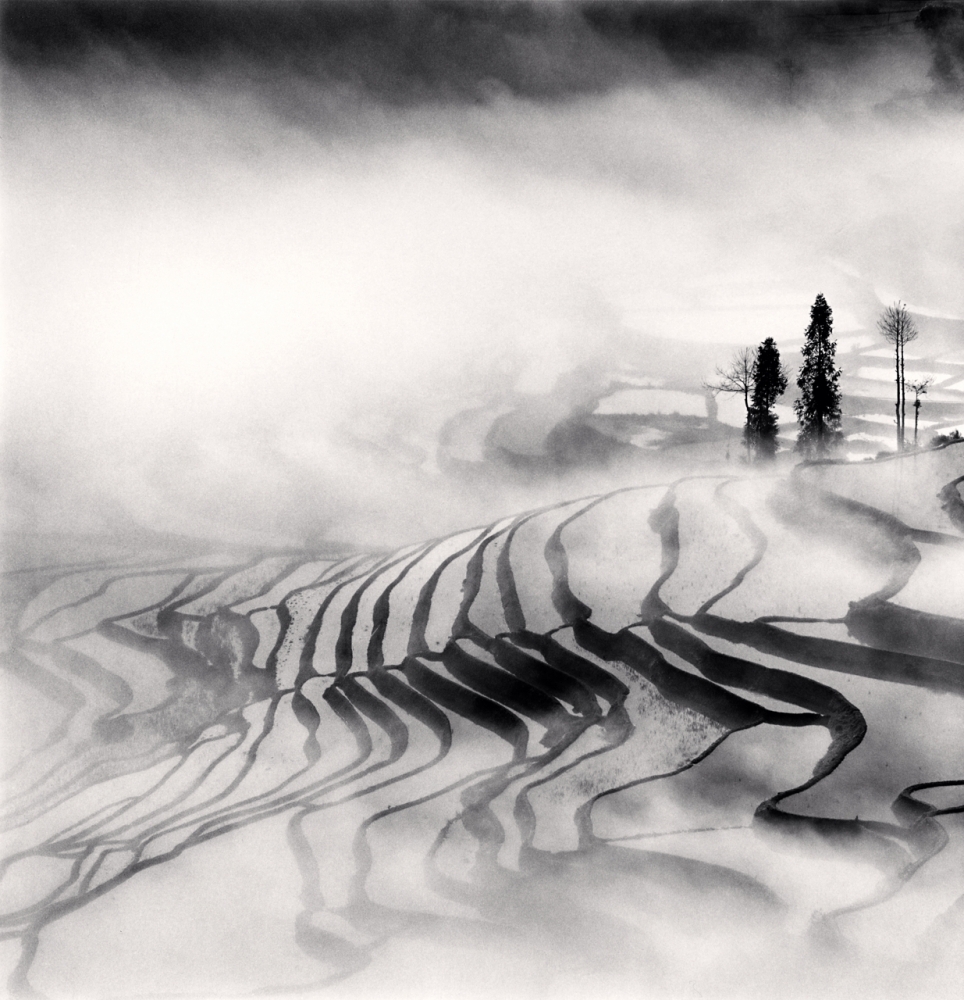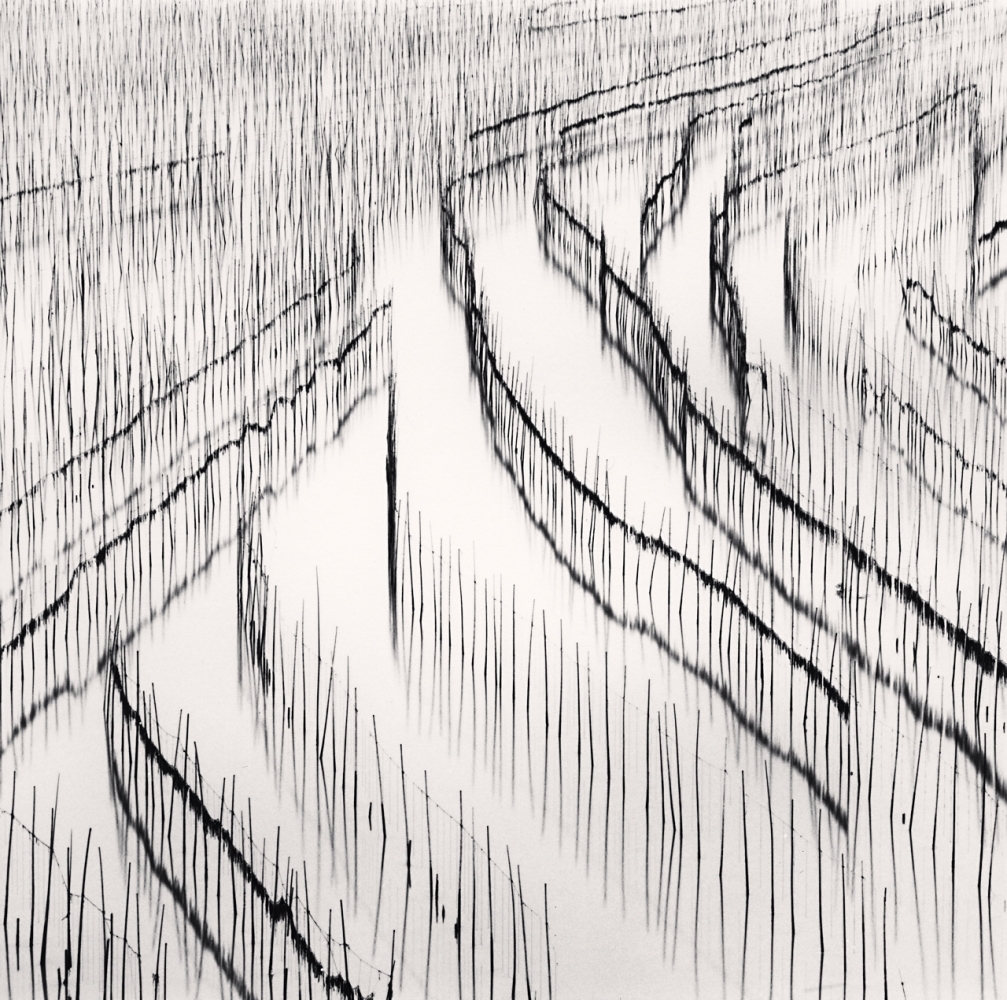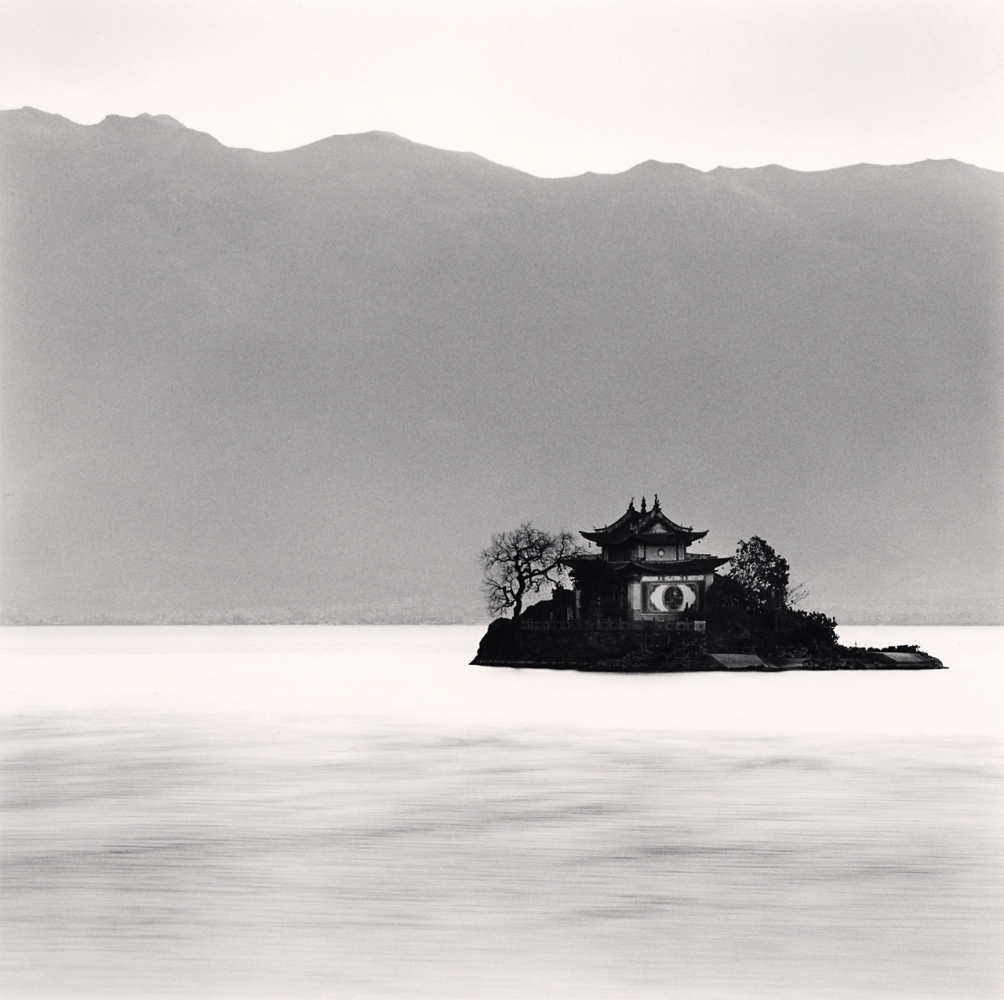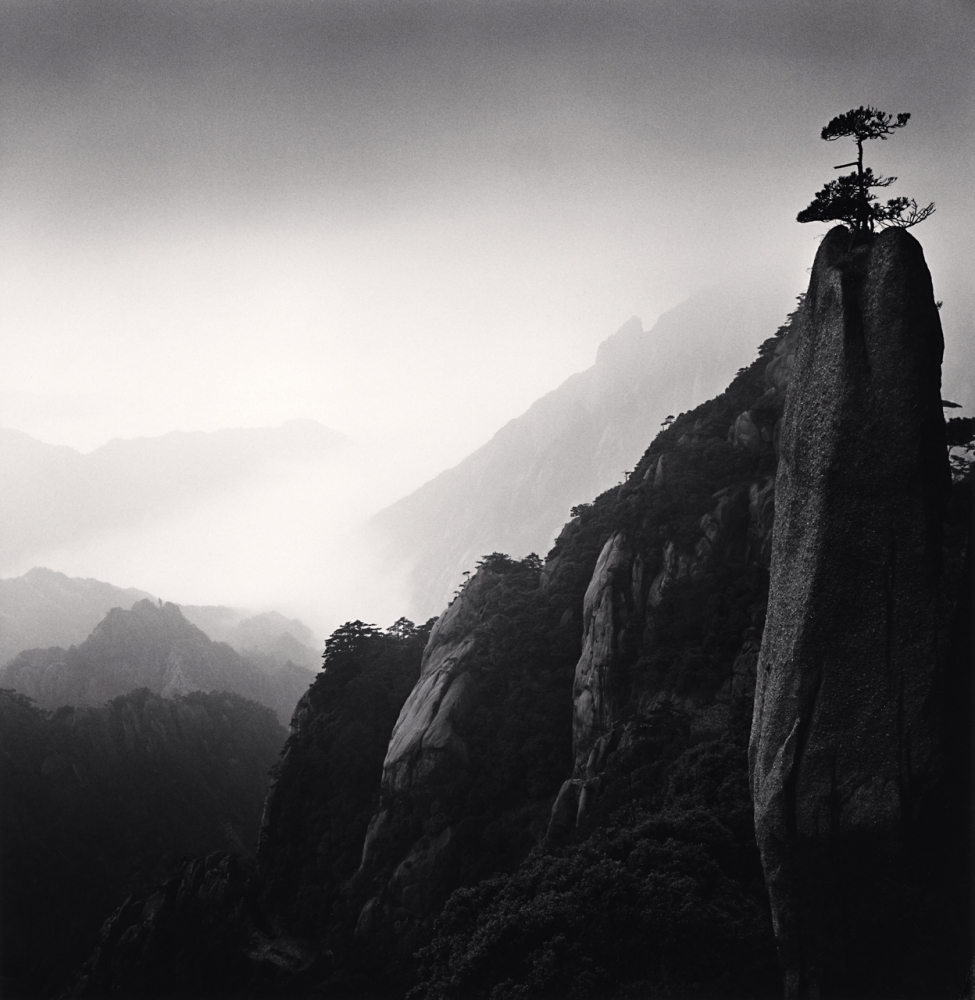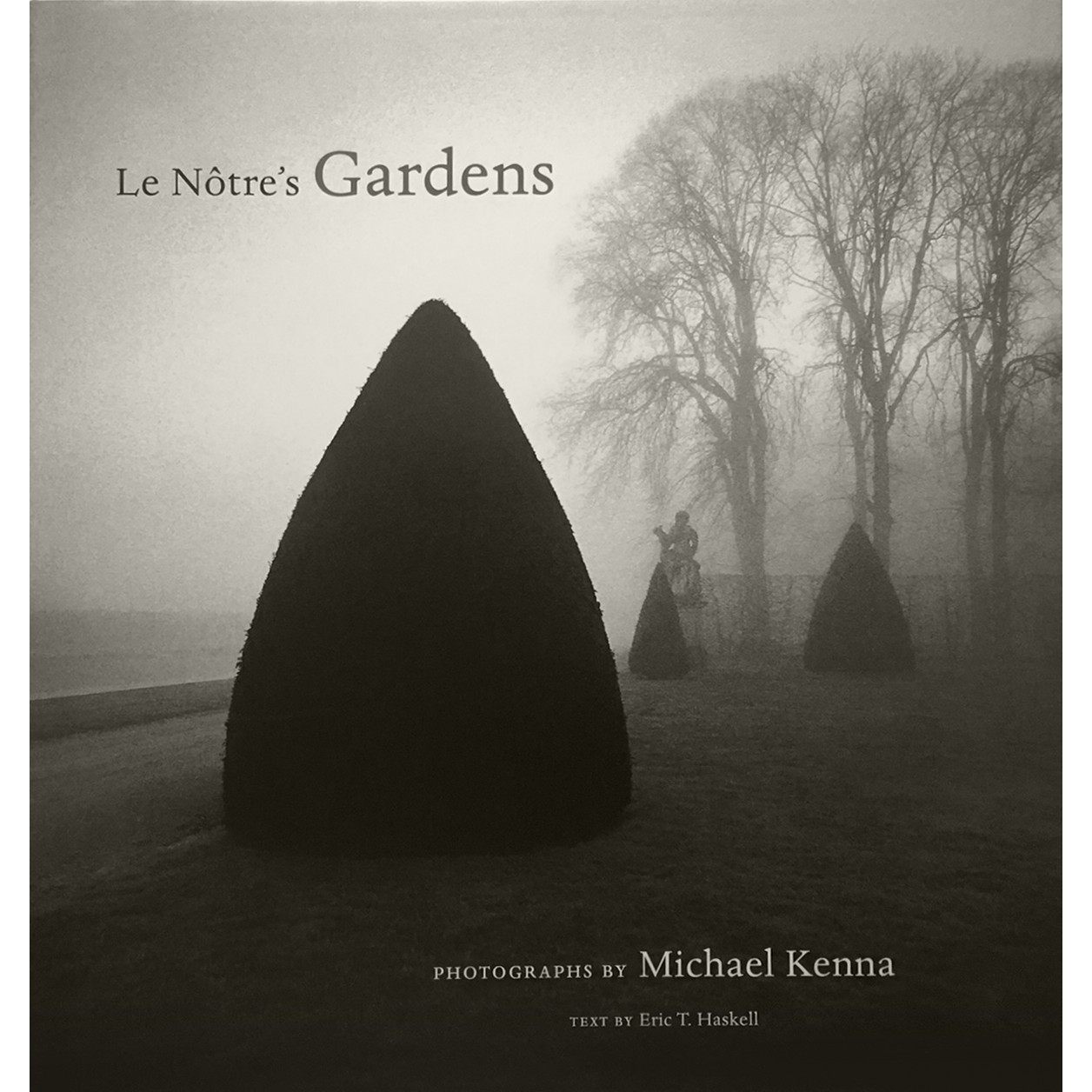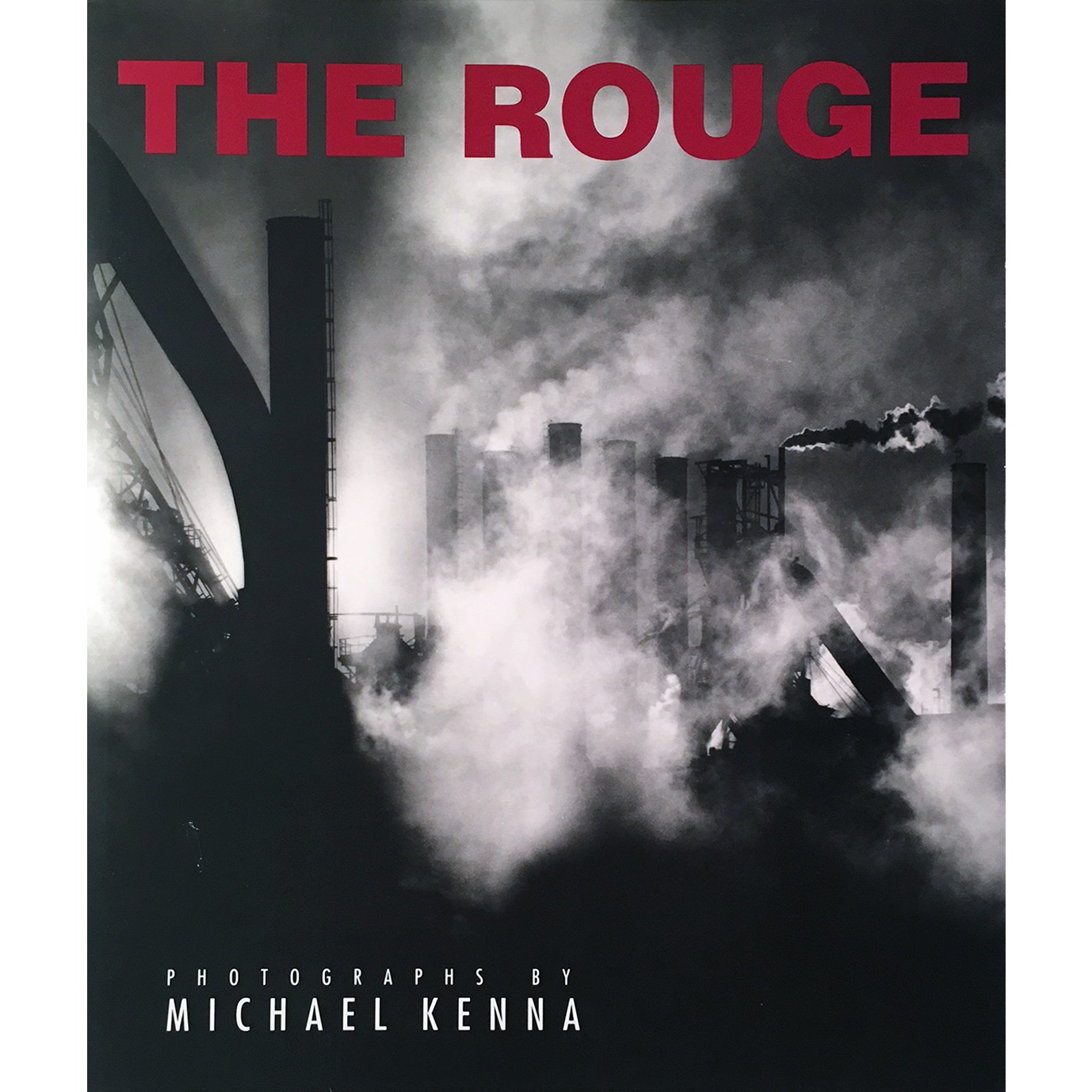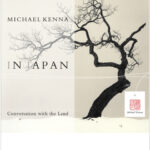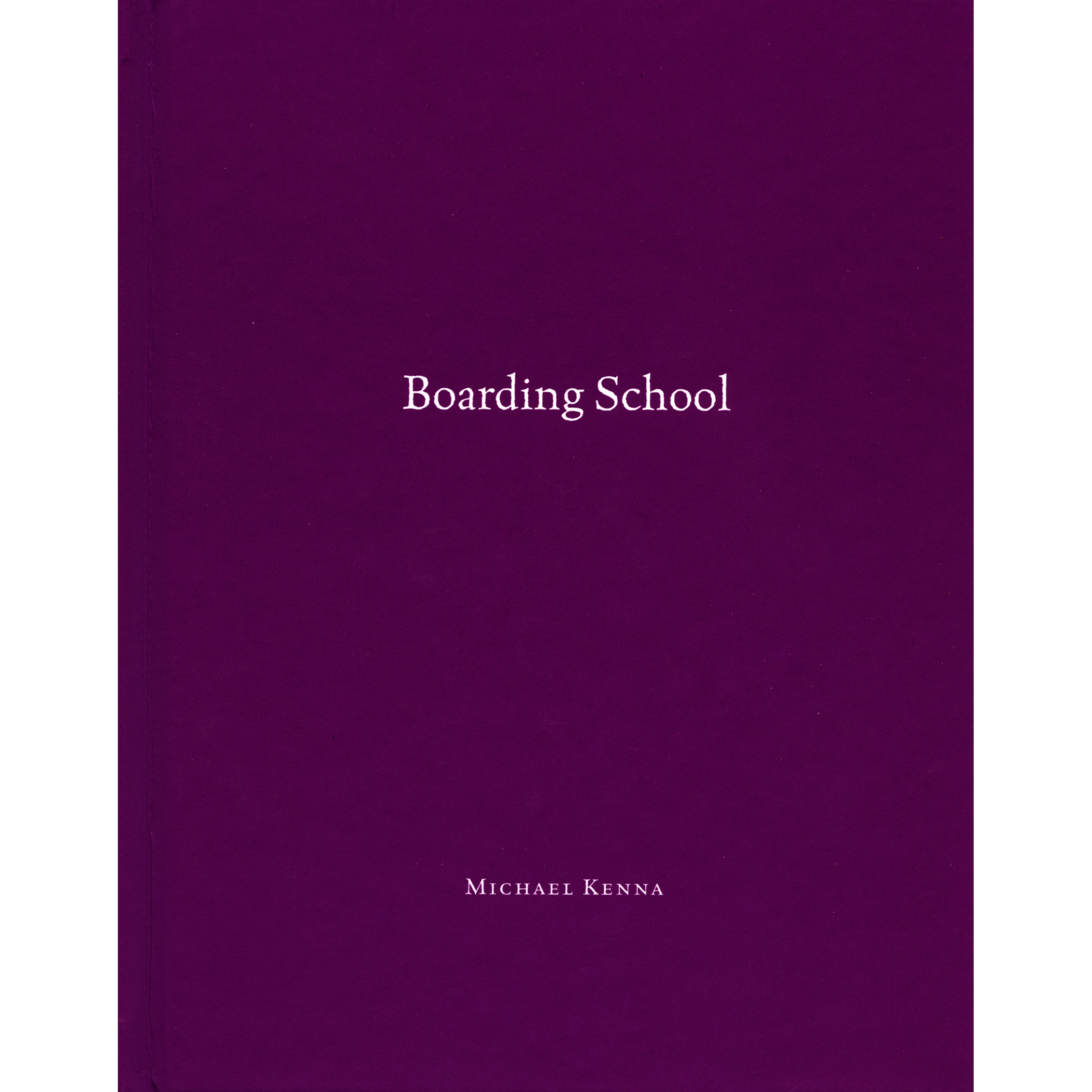Description
The British photographer Michael Kenna deeply impressed Chinese viewers with genuine originality in his solo exhibition at the Shanghai Art Museum in 2007. Ever since, Kenna’s influence has been spreading across China. Kenna’s style has something different from western landscape photography. What he presents in the picture is suggested. Instead of filling the image with rich details, he follows the principle of “less is more,” leaving the blank part of the image to tell the visual story. This photographic technique resembles the traditional Chinese painting style of the Song Dynasty. The blanks not only stimulate the imagination of the viewer, but also challenge the imagination and creativity of the artist. When looking at these Asian-Western infused landscape photographs, we can see Kenna’s intention to combine the “air” in oriental culture into his aesthetic system. His Japanese landscape photographs convey the flavor of Haiku, while those on Chinese landscapes emphasize the profoundness of Chinese ink painting.
Zheng Gu
I have been photographing in China since 2006. I began in Shanghai and was immediately entranced with the dynamic Pearl District when viewed from the Bund. I went on to Beijing and photographed the Forbidden Palace and the Great Wall, as tourists have to do. I also explored around Guilin and the beautiful Li River. Then I visited the extraordinary Huangshan Mountain range. On later travels I went up to the frozen areas North of Harbin in the dead of winter, and back all the way South to Xiapu to photograph the coastal fishing industry. Most recently I have been in Yunnan, where the Yuanyang rice paddies are like giant wood block prints, and the vast Erhai Lake glistens in the sunshine. Basically, I have barely scratched the surface of this mysterious, ancient and huge country. Photographing China could be a life’s work, and there would always be more to discover. This book is the beginning, I hope to continue my explorations for many more years to come.
Michael Kenna

